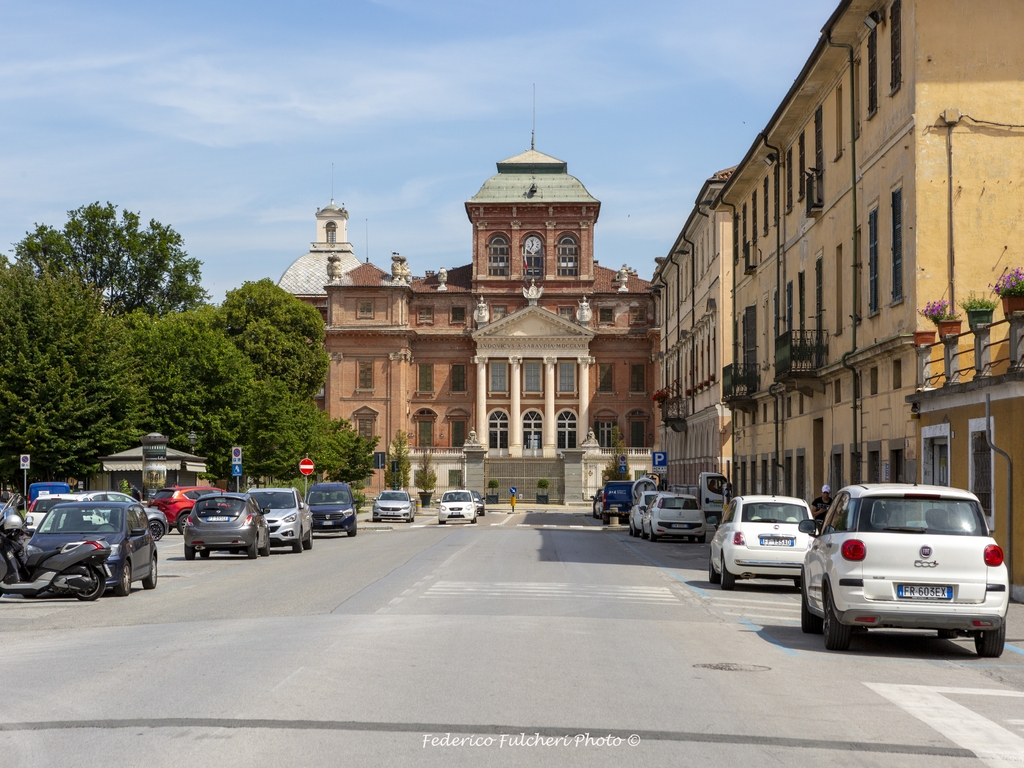Famous for its Royal Castle, holiday residence of the great nobility, Racconigi boasts a unique history that has made it an important and appreciated center for the production of silk yarn between the 15th and the 20th century.
Of Medieval origin, even if some findings testify to its existence in Roman times, the first documents mentioning the place name and the presence of a small fortress (from which the castle would later derive) date back to the year 1000. Around 1175 it became a possession of the Marquises of Saluzzo, then of the Acaja and finally of the Savoia, in the first half of 1400.
It was precisely in this period that the great ability of the women to weave yarns imported from Genoa became evident. With the introduction of intensive cultivation of mulberry trees and the breeding of silkworms in 1500, an economic and productive chain began to take shape, well regulated and based on a high standard of quality, sealed by a local brand that denoted excellence.
With the demolition of the medieval walls, the construction of canals for silk factories and the building of the first spinning mills, Racconigi reached an industrial development that was unique in the Kingdom of Savoia. In the second half of 1700 there were 33 active spinning mills with about 4000 workers.
Throughout the century, Racconigi experienced its greatest splendor not only for the economic/industrial development but also for the artistic and architectural one: in fact, the Castle with its park was enlarged, a hospital was founded and the two churches of Santa Maria Maggiore and San Giovanni Battista were rebuilt.
Unfortunately from the end of 1700, with the capitulation of the Kingdom of Sardinia in favor of the French armies, a tragic decline began with a succession of famines, popular revolts and the arrival of a great cholera epidemic in 1800.
In 1831 Carlo Alberto (member of the House of Savoia-Carignano) ascended to the throne as King of Sardinia, helping to initiate the historical and political process that would lead his son, Vittorio Emanuele to become the first King of Italy. From this moment on, the castle took on a very important role in the public and private life of the Savoia family, so much so that Vittorio Emanuele III chose the residence for the birth of Crown Prince Umberto II in 1904 and for the famous meeting with Tsar Nicholas II Romanov in 1909, with whom the "Treaty of Racconigi", which has gone down in history, was stipulated.
The years of 1900, however, also saw the end of the golden age of silk factories which, with the arrival of the first synthetic fibers, the two world wars and the invasion of oriental silks, saw the closure of the last factory in 1947. Today the great silk art of Racconigi is well witnessed by the Garden Museum of Silk Civilization.
Also worth visiting are the sumptuous palaces, including Villa Berroni or the interesting Stork and Anatidae Center, created in 1985 by ornithologist Bruno Vaschetti in collaboration with the Italian League for Bird Protection.
